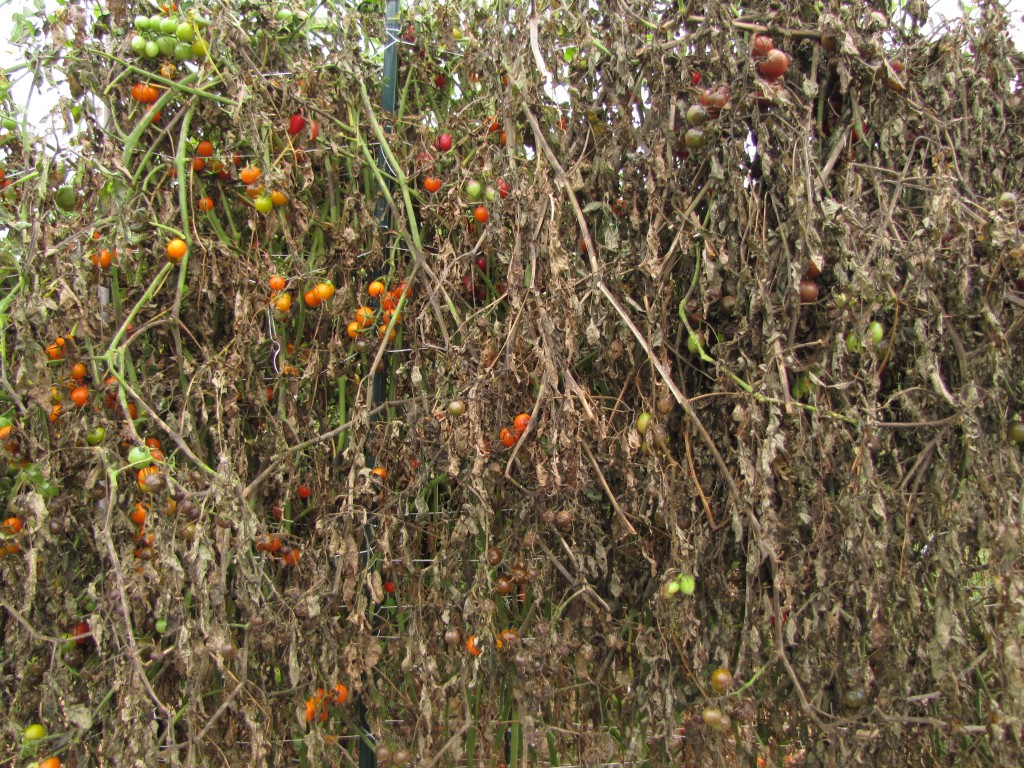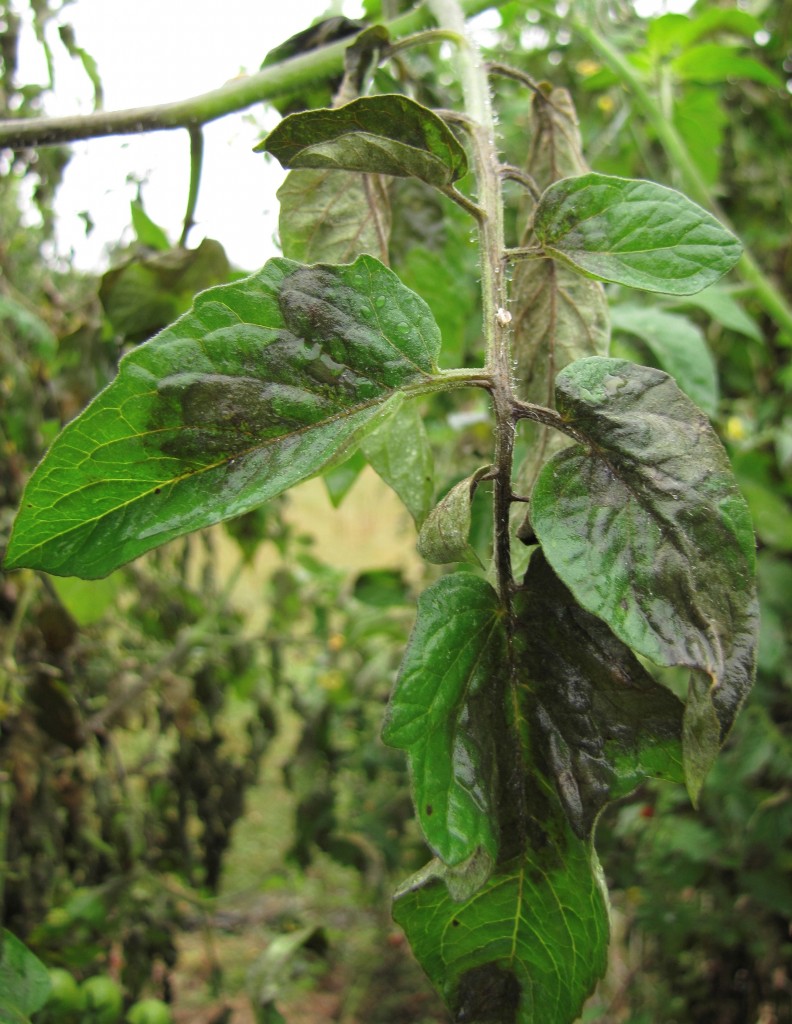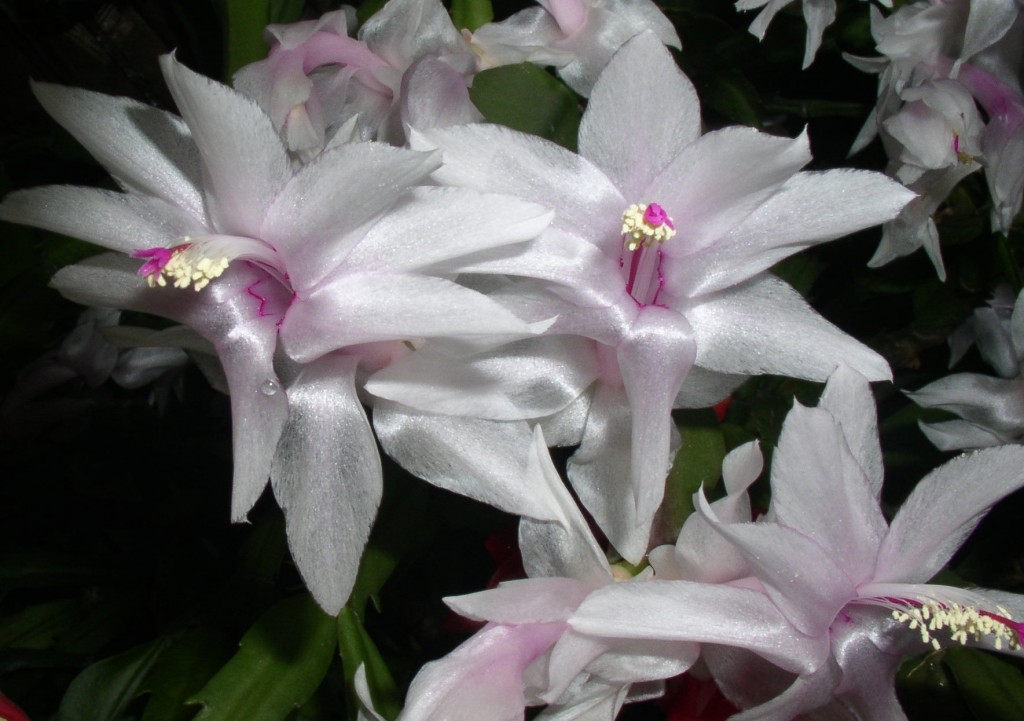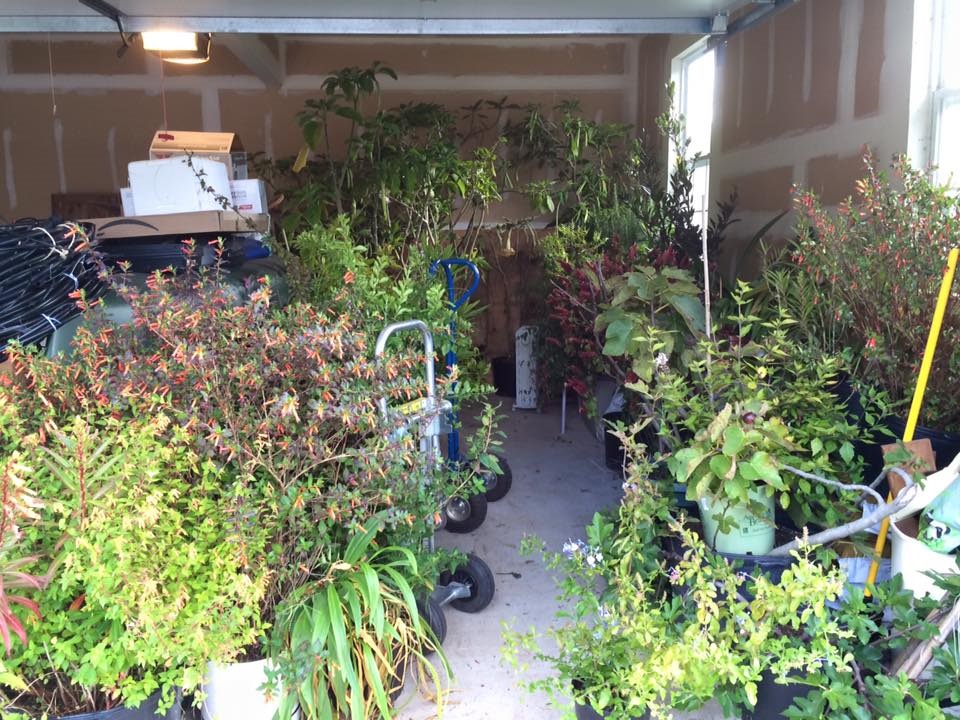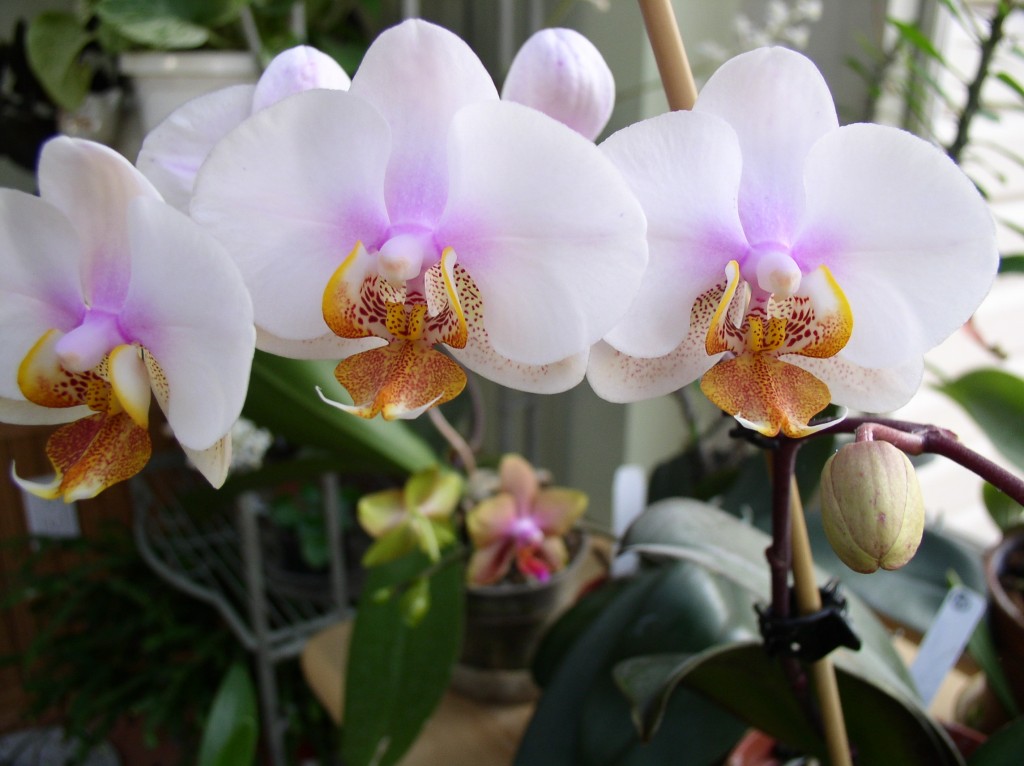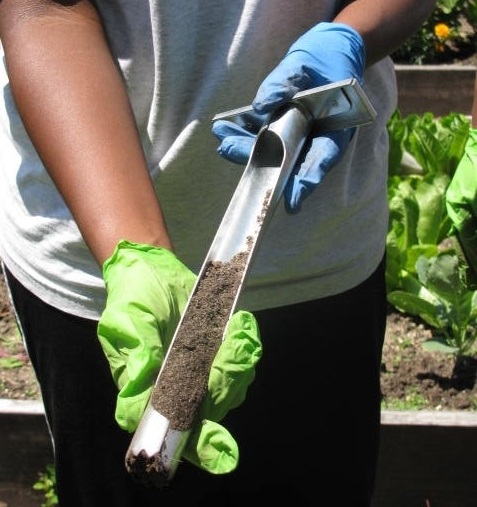Weather conditions for the past two years have favored all sorts of winter injury to landscapes; this year may be no different. Droughty summers and autumns followed by long winters filled with wide temperature fluctuations can wreak havoc with plants and soil. But fear not! Here are some simple ways to help your plants come out of this winter unscathed.
Needled and broad-leaved evergreens such as arborvitaes, cherry laurels, and rhododendrons often suffer severe winter discoloration, browning, and even death from several causes. Winter sun (think southern exposure) combined with wind can create excessive transpiration, or foliage loss of water, at the same time as soils are frozen so plant roots can’t replace the lost water. This can be particularly disastrous for late season plantings in October, November, and December if plants aren’t well watered and if roots haven’t had time to grow out of the existing root ball. That’s why September is best for fall planting, not November!
Bright sunny winter days when leaves warm up may trigger cellular activities such as photosynthesis and cellular respiration. This break from dormancy can result in severe plant injury when nighttime temperatures drop abruptly, for example from the 40’s down to the teens in the course of a day or so. These conditions also bleach evergreen foliage, for example on boxwood, when chlorophyll is destroyed in plant tissue and then not rebuilt due to low temperatures. Late pruning in October, which generates new late season growth, is another cause of injury or death when cold temperatures occur. This sort of injury also occurs in May when light frosts settle into low areas during the time of tender new growth.
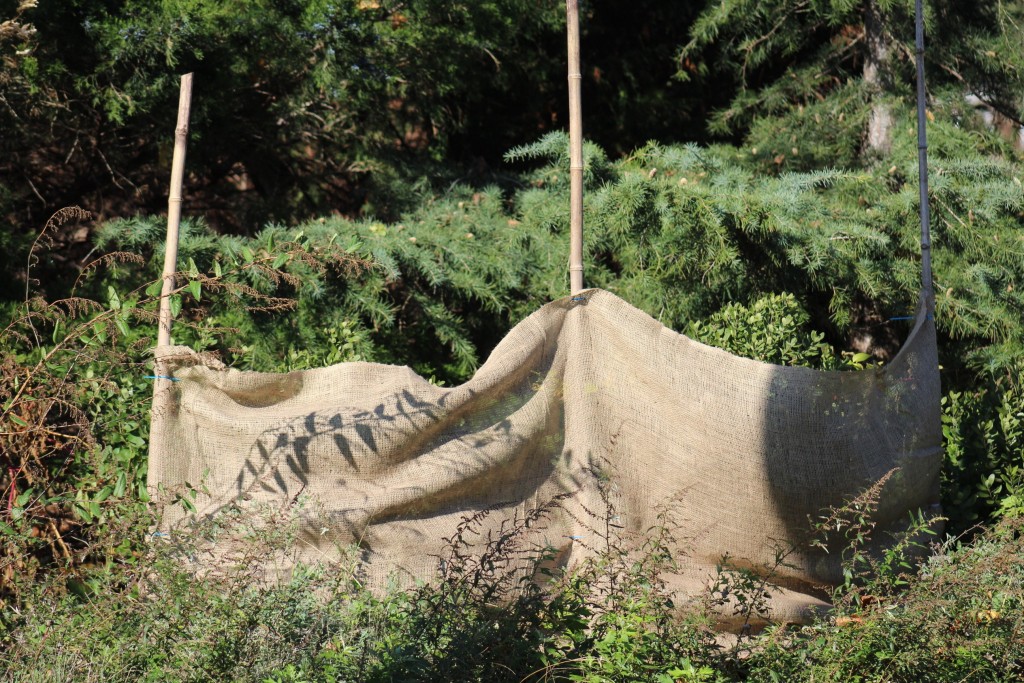
A piece of burlap posted in front of these inkberry plants will protect them from winter sun and wind. Photo © Alice Raimondo.
Protecting your evergreens from these sorts of winter injury is easily done. First and foremost, consider where you locate plants. South, southwest, and windy sites may not be the best places for evergreens. For plants in such sensitive conditions and for those that are less winter hardy, consider constructing a burlap barrier on the southern and/or windy side of the plant to shade it from the harsh winter sun and keep temperatures consistent, thereby reducing the injuries described above. Place the screen in front of the plant; don’t wrap it completely with burlap.
Water loss is by far the most important and misunderstood aspect of winter injury. Established plants shouldn’t be over watered in September as this will slow down their hardening off process, but they need to be well watered through October and into November if there isn’t regular, measurable rainfall. This regular watering in the autumn is particularly important for trees and shrubs in the ground for less than three or four years. Anti-desiccant and/or anti-transpirant sprays offer protection that is limited at best, but these can be applied in conjunction with correct watering and sun/wind screens.
Sunscald of thin-barked trees (cherry, maple, linden, and plum) is another common winter injury. Sunscald creates sunken, cracked, or dried areas on the trunk, which are elongate in shape. Young, newly planted trees are particularly sensitive to this damage as their bark is not well developed. Shading tree trunks from the harsh southern winter sun helps keep their living cambium tissue dormant, protecting it from freezing temperatures following a thaw. On young and newly transplanted trees, consider not pruning their lower branches for a season or two to help shade their trunks.
Cold that follows relatively warm temperatures is common on Long Island and often kills or damages less winter-hardy flower buds such as those of Hydrangea macrophylla. This is why many of us haven’t seen flowers on these beloved plants for the past two winters! The big-leafed a.k.a. mophead hydrangea has a bad habit of breaking dormancy as early as late February in sunny locations. Constructing a sun screen similar to that suggested for evergreens may help reduce this sort of cold temperature injury.
Our winters often bring heavy wet snows and ice storms that cause significant injury to plants from extra weight bending and breaking their branches. Protect plants in dangerous locations, such as where snow falls off roofs or where drifting and blowing snows accumulate, by tying or wrapping them to hold them together. If possible, carefully remove heavy, wet snows from plants before the snow freezes solid, encasing the plant in heavy ice.
For those of us with new landscapes, a real concern is frost heaving. Our soils tend to freeze and thaw and then freeze and thaw again, sometimes popping smaller shrubs and perennials right out of the ground. This is a big problem for those fall-sale beauties you may have planted in October or that late season perennial dividing and replanting you did the first week of November when it was 70 degrees. You can protect your plants by insulating the ground around them with mulch. Apply a layer of mulch three-inches thick, being careful to not bury the crowns or stems of the plants. Wait until the ground freezes before applying mulch to keep the ground frozen and discourage rodent activity. Consistent soil temperature will reduce the likelihood of frost heaving.
For more information, read the fact sheet on our website about Winter Injury. Hopefully, some of these simple tips will help your plants survive the winter and thrive come next spring. Putting in a little extra time now will reduce spring cleanup of winter-injured plants that need to be pruned or replaced. There’s still plenty of time to prep plants for the ravages of winter!
Alice Raimondo is Horticulture Consultant for CCE Suffolk. She can be reached at aw242@cornell.edu or 631-727-77850 x335.



